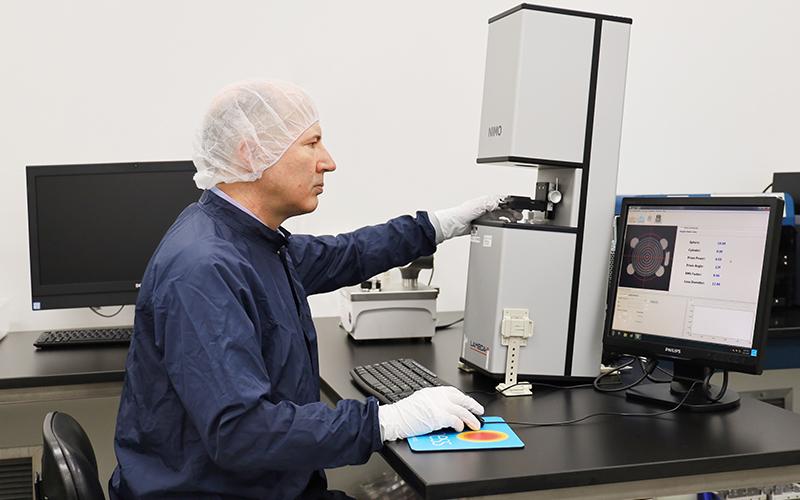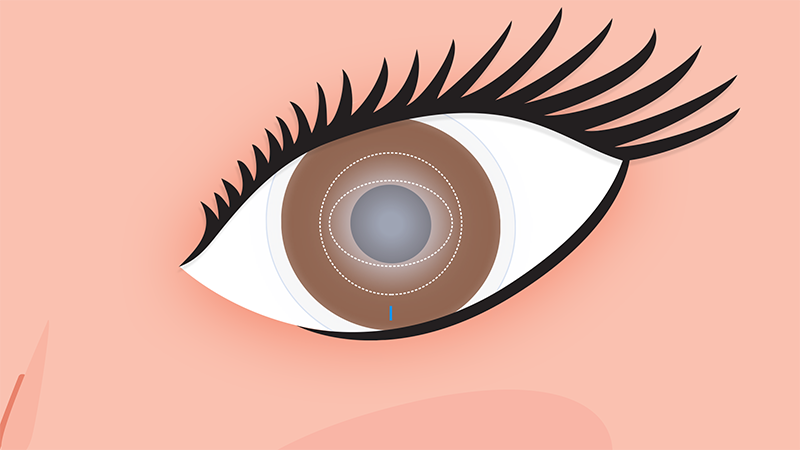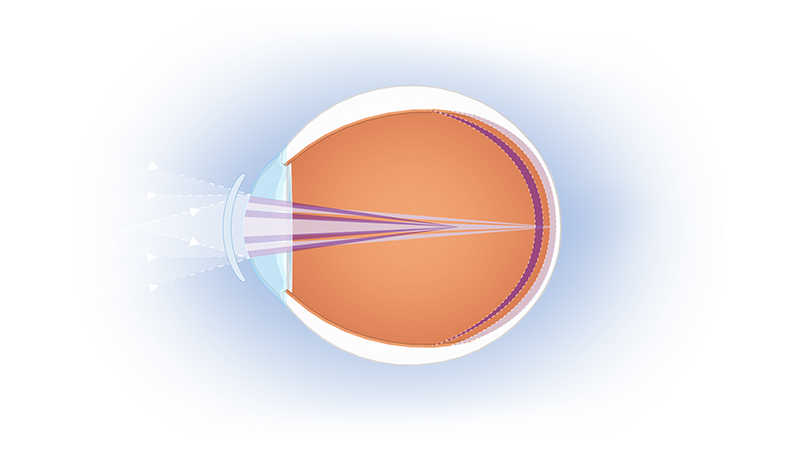
Innovative technology for improved wearer experience
Contact lens wearers may rarely stop to think about how their contact lenses actually work. When sophisticated technology functions exactly how it’s supposed to, it’s easy to take for granted. But at CooperVision, we take pride in the innovative science and engineering that goes into designing and manufacturing truly outstanding contact lenses.
In our research and development laboratories, experts in the physics of visual processing, the chemistry of the optical environment, and the challenges of materials science collaborate to bring major innovations to contact lenses—and major advantages to contact lens wearers.

Touchstone CooperVision innovations include…

Bringing incredible all-day comfort and natural moisture to healthy* silicone hydrogel contact lens material with the Aquaform® Technology in our premium contact lenses.

Making contact lenses a more viable option for millions of people with astigmatism through the predictable orientation and excellent on-eye stability provided by CooperVision® Optimized Toric Lens Geometry™.

Reducing the rate of myopia progression in children through the introduction of CooperVision MiSight® 1 day contact lenses with ActivControl® Technology†‡1.
Every day, we continue to develop new technologies that will help enhance the contact lens wearing experience and bring new benefits to wearers around the world.
CooperVision brands include the MyDay® daily disposable, Biofinity®, clariti® 1 day and Avaira VitalityTM contact lens families, each designed to meet the needs of different wearers. To find out which CooperVision contact lenses best meet your vision and lifestyle needs, take our lens selection quiz.
* With high oxygen delivery for daily wear, silicone hydrogel materials minimise or eliminate hypoxia-related complications.
† Compared to a single vision 1 Day lens over a 3 year period.
‡ Product not available in all markets.
References:
1. Chamberlain P et al A 3-year Randomized Clinical Trial of MiSight Lenses for Myopia Control. Optom Vis Sci 2019;96:556–567.








